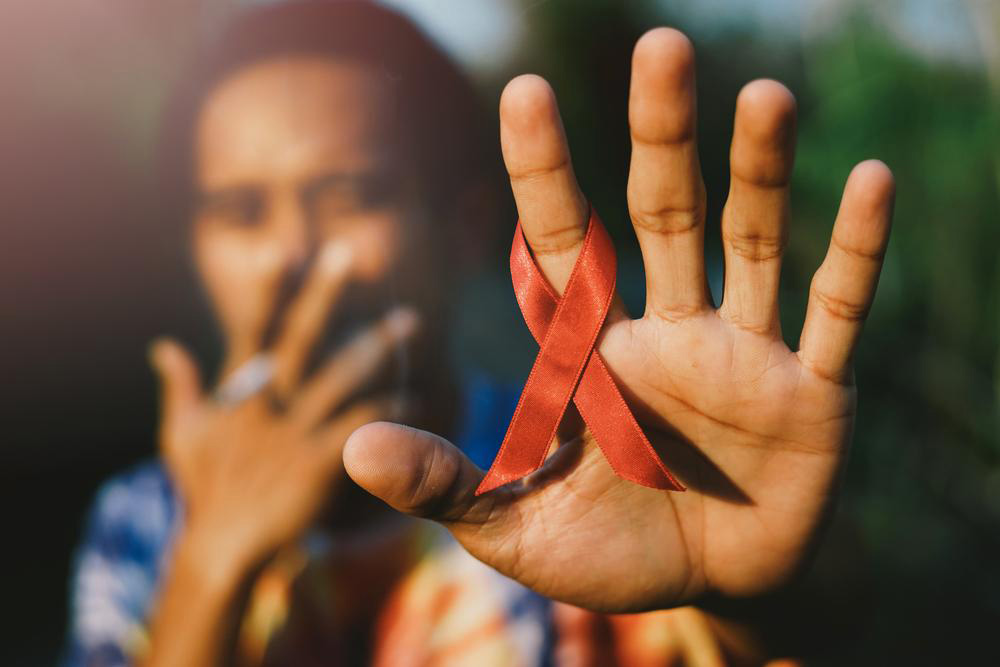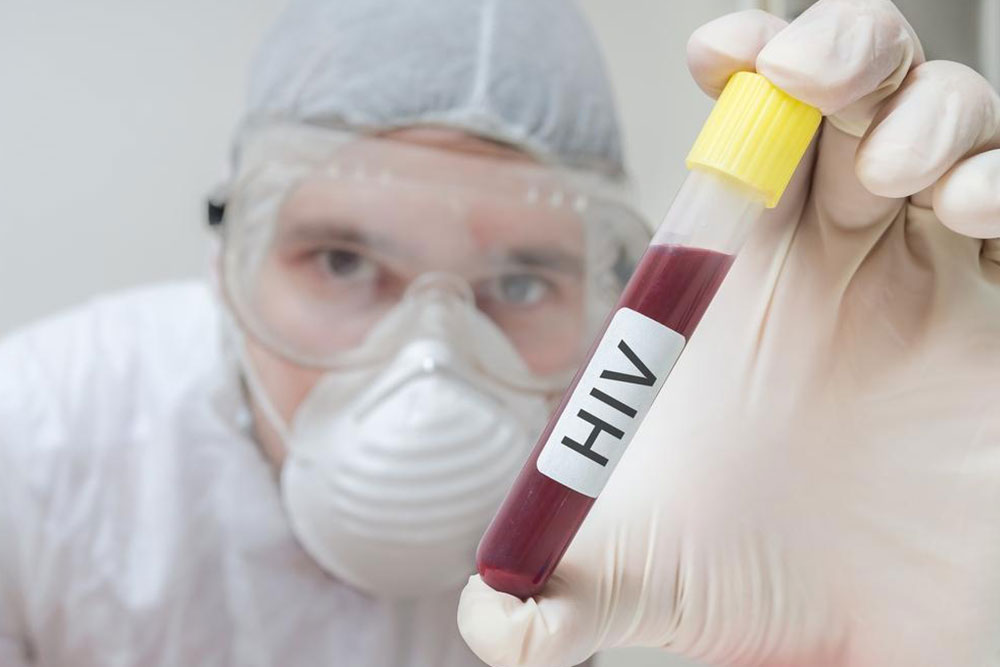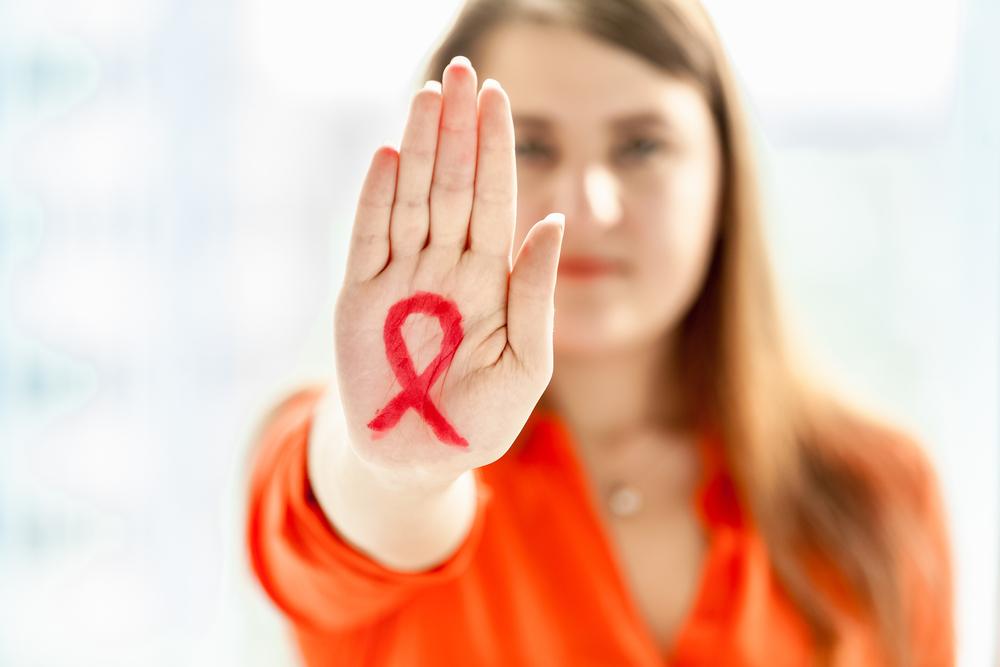Comprehensive Guide to HIV Symptoms and Disease Progression
This comprehensive article explores the early symptoms of HIV, its progression through various disease stages, and essential preventive measures. Recognizing signs like flu-like symptoms, lymph node swelling, and advanced warning indicators can lead to early diagnosis and effective treatment. Emphasizing the importance of regular testing, safe practices, and antiretroviral therapy, the piece aims to educate readers on managing HIV proactively and reducing transmission risks. Aimed at increasing awareness, this guide offers valuable insights into understanding and tackling HIV infection at all stages.

Identifying the Early Signs of HIV Infection
Understanding the differences between HIV and AIDS is essential, as they are often mistakenly used interchangeably. HIV, or Human Immunodeficiency Virus, is the virus responsible for weakening the immune system, while AIDS, or Acquired Immunodeficiency Syndrome, is the advanced stage of HIV infection characterized by severe immune suppression. Interestingly, HIV can be transmitted through various routes such as unprotected sexual contact, sharing of contaminated needles, and exposure to infected blood, whereas AIDS results from long-term untreated HIV infection. Accurately recognizing early symptoms can significantly improve outcomes through timely medical intervention.
Initial symptoms of HIV infection are often nonspecific and may be mistaken for common illnesses like the flu or other viral infections. These early signs typically appear within three to six weeks after exposure, although they can sometimes take longer to manifest. Common early symptoms include a high fever, skin rashes, swollen lymph nodes, sore throat, fatigue, muscle aches, joint pains, and headaches. Many individuals may not notice any symptoms during the early phase, which underscores the importance of regular testing and awareness, especially if they have engaged in high-risk behaviors.
As HIV infection progresses, the virus continues to multiply and invade the immune system’s cells, particularly CD4 T cells, which play a vital role in defending the body against infections. During this intermediate stage, individuals might temporarily feel better, leading to a misconception that the infection has resolved. However, the virus persists and gradually damages the immune defenses, setting the stage for more serious health issues. Without treatment, the immune system deteriorates significantly, leading to the development of AIDS and its associated opportunistic infections.
Advanced HIV disease often presents with persistent and severe symptoms that impair daily functioning. These include chronic diarrhea, recurrent fevers, unexplained weight loss, night sweats, persistent skin rashes, and mouth or skin sores. Neurological complications and opportunistic infections like pneumonia, tuberculosis, and fungal infections are common at this stage. Recognizing these warning signs early is critical for initiating antiretroviral therapy (ART) and other supportive treatments to prolong survival and improve quality of life.
Preventive strategies are central to reducing the spread of HIV. Consistent and correct condom use during sexual activity, avoiding sharing needles or syringes, and ensuring blood transfusions are screened for HIV are fundamental preventive measures. Education about HIV transmission and regular testing are vital for at-risk populations, including sexually active individuals, healthcare workers, and people who inject drugs. Advances in medical treatment, particularly ART, have transformed HIV from a fatal disease into a manageable chronic condition. Early detection and adherence to prescribed therapies can greatly enhance life expectancy and well-being.
In conclusion, being aware of the initial symptoms and understanding the progression of HIV are key components in controlling its spread and ensuring timely medical response. If there's suspicion of HIV exposure, consulting healthcare providers for testing and counseling is imperative. Ongoing research and global health initiatives continue to improve prevention, diagnosis, and treatment strategies, offering hope for those affected by HIV worldwide.





